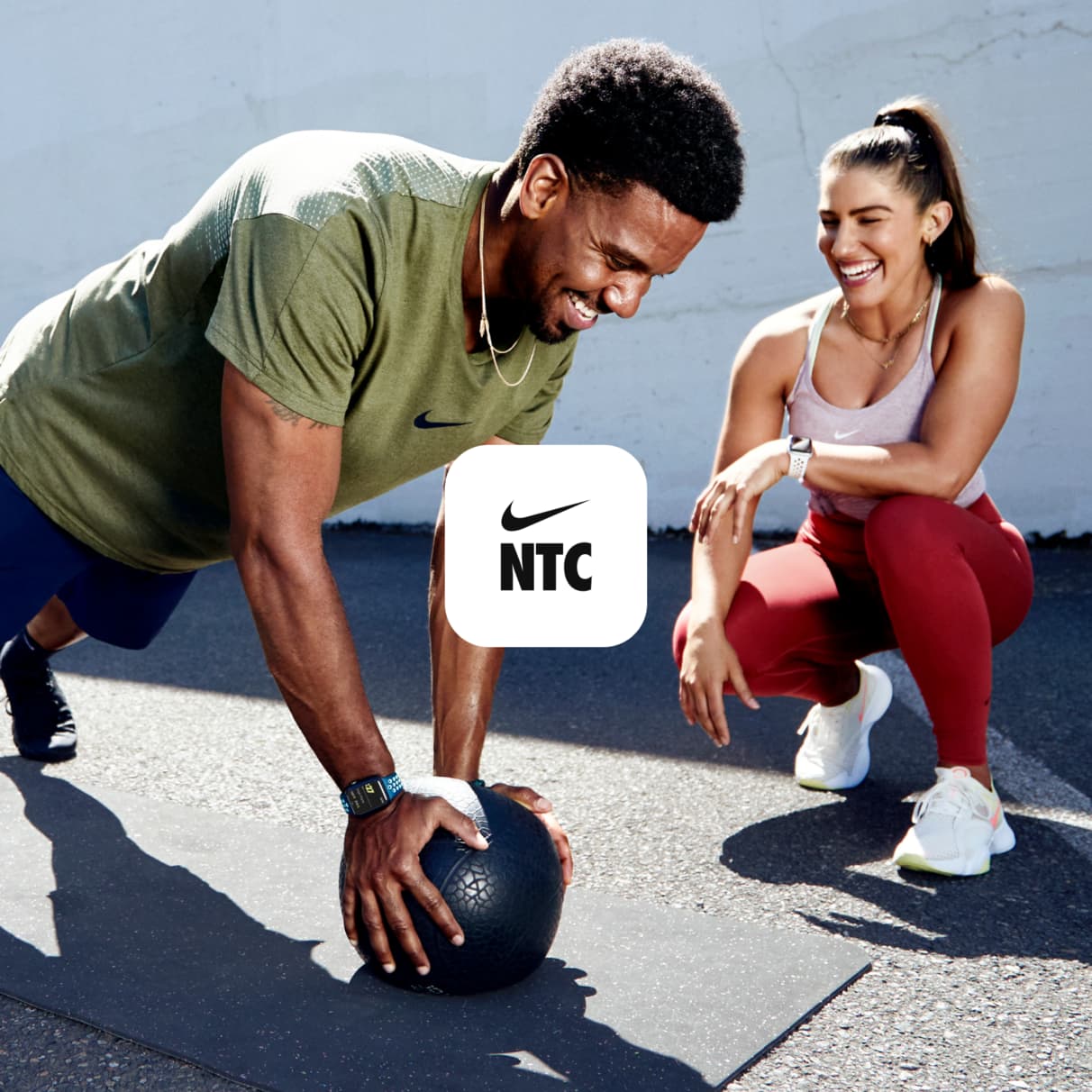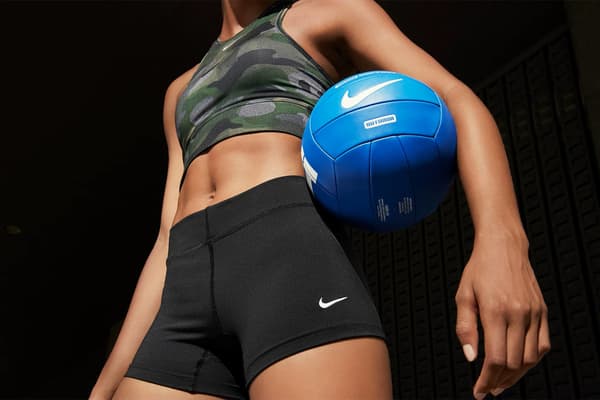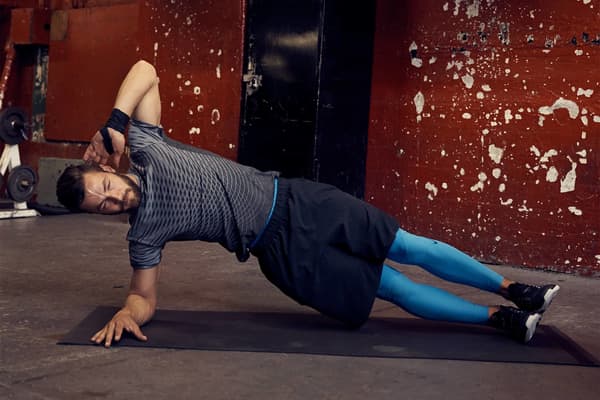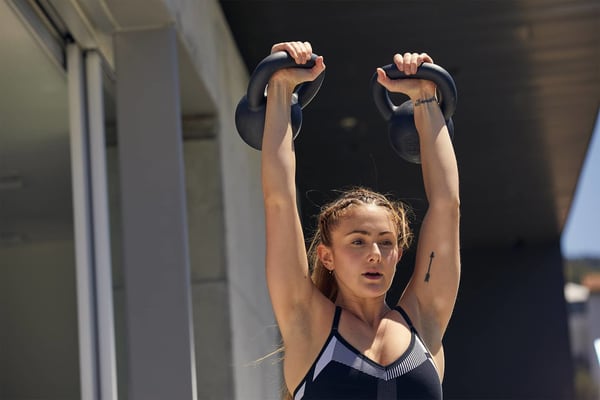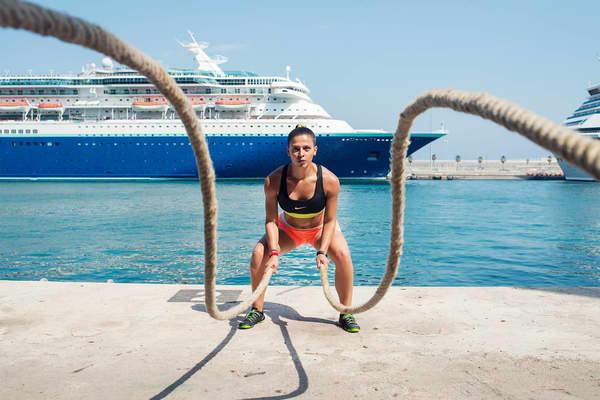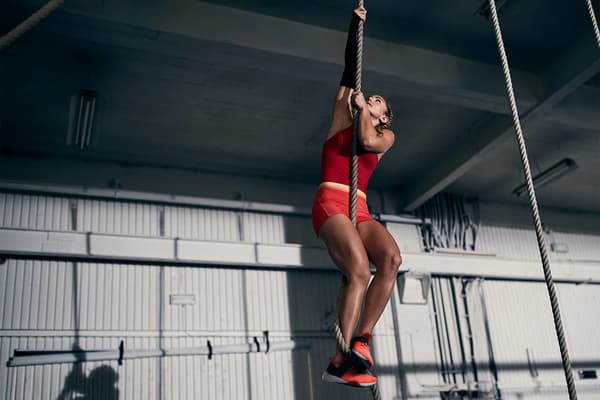The Top Bodyweight Chest Workout, According to Trainers
Sport & Activity
You're probably familiar with this one.

Building up your chest muscles can take time and effort, especially if you don't regularly work them. And, while you can invest in equipment like barbells and dumbbells to help achieve a stronger chest, trainers say bodyweight exercises can go a long way to help reach your goals—without having to pay a penny.
"Bodyweight chest workouts are great because you already have all the equipment you need", said Doug Sklar, a NSCA-certified personal trainer and the founder of New York City-based fitness training studio, PhilanthroFIT. "There's no cost, they can be performed just about anywhere and they're tried and tested as effective forms of exercise".
Bodyweight chest exercises also require you to "keep your abs and glutes engaged", said Albert Matheny, RD, CSCS, and co-founder of SoHo Strength Lab. As a result, he said, "you're getting more muscle activation throughout your body rather than isolating specific muscles".
Of course, if you're going to do bodyweight chest exercises, you want to make sure you're doing the best move—and doing it properly. Here's what you need to know about the top bodyweight chest workout that trainers recommend.
What is the most effective bodyweight chest workout?
Trainers agree: the best bodyweight chest workout you can do is push-ups.
"It's hard to argue against the old standard", Sklar said. "People have been doing them for decades for a reason". When push-ups are done correctly, they're "a complete exercise" that engages more than just your chest, he said, adding, "and there are countless modified versions of standard push-ups to add some variety to your training".
Matheny said that push-ups are also handy because they can be scaled. Meaning, if you're a beginner, you can modify your push-ups to build up the needed strength to perform the classic version with proper technique. And, once you feel comfortable with standard bodyweight push-ups, you can add modifications for an extra challenge.
Which muscles does this bodyweight chest workout target?
Push-ups target lots of different muscle groups. "Your shoulders, abs and even your quads can benefit from push-ups", Sklar said.
And, of course, they work your chest muscles. "Push-ups can target a wide range of chest muscles, including your pectoralis major and pectoralis minor", Mathey said. "They also require additional secondary muscles, like your deltoids and triceps".
How to Do a Push-up Properly
To build strength, repetition is important, Sklar said, but you need to make sure you're doing push-ups correctly to properly increase strength and lower your risk of injury.
Here's how to do a proper push-up, per Sklar:
- Start lying face down on the ground on a comfortable surface, like a yoga mat or carpet.
- Position your hands slightly wider than shoulder-width apart and roughly even with the midline of your chest.
- Your elbows should be aimed downwards at a 45-degree angle.
- Press your body up with your arms, maintaining an invisible, straight line from your ears, passing through your shoulders, hips and knees, all the way down to your ankle.
- Continue pressing up until your arms are fully extended.
- Lower back down until you achieve a 90-degree bend at your elbows.
- Repeat.
Form is important, Sklar said. "Elbows should be pointed downwards at roughly a 45-degree angle from your torso to reduce shoulder strain and place more emphasis on your chest and triceps", he said. "Be aware of your hip alignment—if your hips drop down, your back is arching excessively and this can result in lower back pain".
How to Work Up to Doing a Full Push-up
If you've never done a push-up before or if the move is too challenging, Matheny suggested modifying things. "You can do a modified push-up on your knees", he said. Keep everything else consistent about your push-up, just balance your lower body on your knees vs. your toes.
You can also build the core strength needed for a good push-up by planking.
"Once you can hold a plank for 30 seconds with good form—meaning, your glutes are tight and you're pushing your hands into the ground—you can move to a push-up", Matheny said. If that still feels too hard, he recommended elevating your hands on a box or the wall and trying a push-up that way. "You're not putting as much gravity on your body", he said.
Sklar also said he endorses this hack. "It's a great way to practise your form and technique", he said. "As you progress, you can gradually work your way down to performing them on the floor".
To build strength, Sklar recommended adding more reps, but he also suggested not pushing it too hard, especially if you're new to push-ups.
"If pressing your body up is not yet in your skill set, you can start in the top position and slowly lower yourself down to the floor", he said. "This strengthens the same muscles and allows you to progress towards achieving a full push-up".

How to Make Push-ups More Challenging
You can make push-ups more challenging simply by adding more reps, Matheny said. But, if you have additional weights and equipment handy, there are a few other ways you can ramp things up. Bear in mind, though, that it's a good idea to have a spotter or trainer with you when you first test these new variations. Here's what Matheny suggested:
- Add weight to your back. Simply lay a flat weight on your back to add additional load to your push-ups.
- Use an exercise ball. You can do push-ups with an exercise ball under your hands to work on your stability.
- Add resistance bands. Matheny recommended putting a resistance band over your shoulders and holding it under each hand for an additional element.
What other bodyweight chest workouts are good for strength?
Overall, the most effective bodyweight chest workouts are "ones that you'll do consistently", Sklar said. However, he also recommended doing an isometric squeeze press, which is "super simple and highly effective" for building strength.
Here's how to do it:
- Hold your hands together at the centre of your chest, with your fingers pointing away from you.
- Squeeze your hands together like you're trying to crush something in between your hands.
- Continue squeezing as you move your hands straight out until your arms are fully extended. Remember to keep your breathing steady.
- Then, return to the start position.
"Holding a lightweight book can help—squeezing like you're trying to turn a 100-page book into a one-page book", said Sklar.
Another exercise to consider, Matheny said, is a bear crawl. Here's how to do it:
- Start in a push-up position.
- Move forwards by moving your right hand and left leg, while keeping your knees off the ground.
- Move your left hand and right leg forwards.
- Continue this semi-crawling position for 30 or so seconds.
Words by Korin Miller
